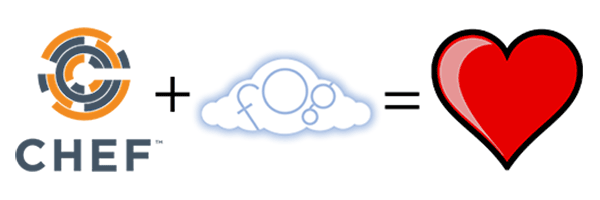Earlier this week, ProfitBricks, a leading cloud-computing company in high-end IaaS, released their list of “Top DevOps Meetups & Their Leaders: 49 Meetups For DevOps Pros,” and the Gainesville DevOps Meetup & I have made the list. And, I’m in good company to boot!
I have to admit, this surprised me somewhat, as it’s only been around since last year. It’s had great attendance, however, and we’ve been meeting & talking about a ton of really interesting topics, like Let’s Encrypt, Infrastructure as Code, Containers, ChatOps, and Continuous Delivery. We’ve also talked at length about the annual State of DevOps reports as they come out.



